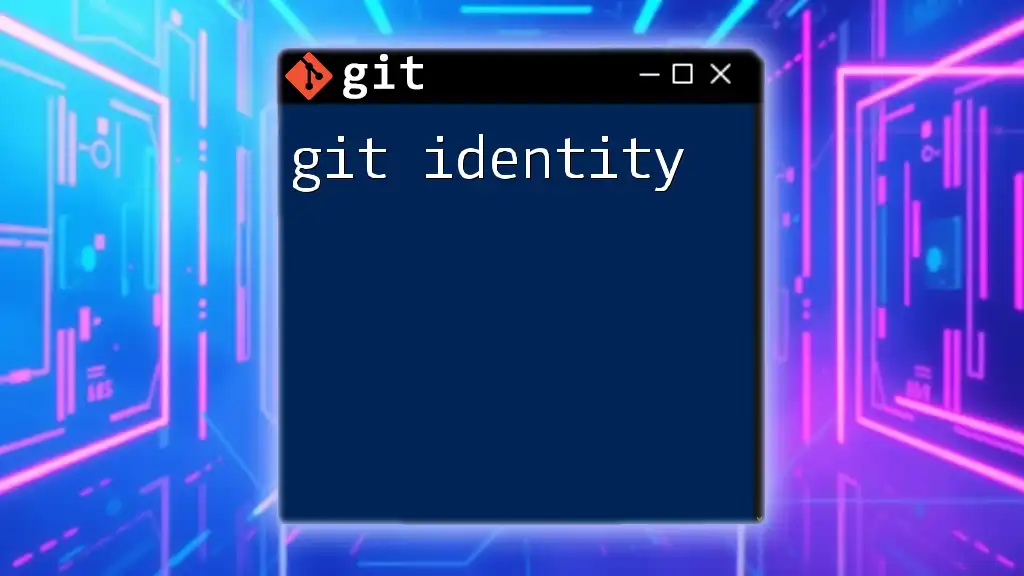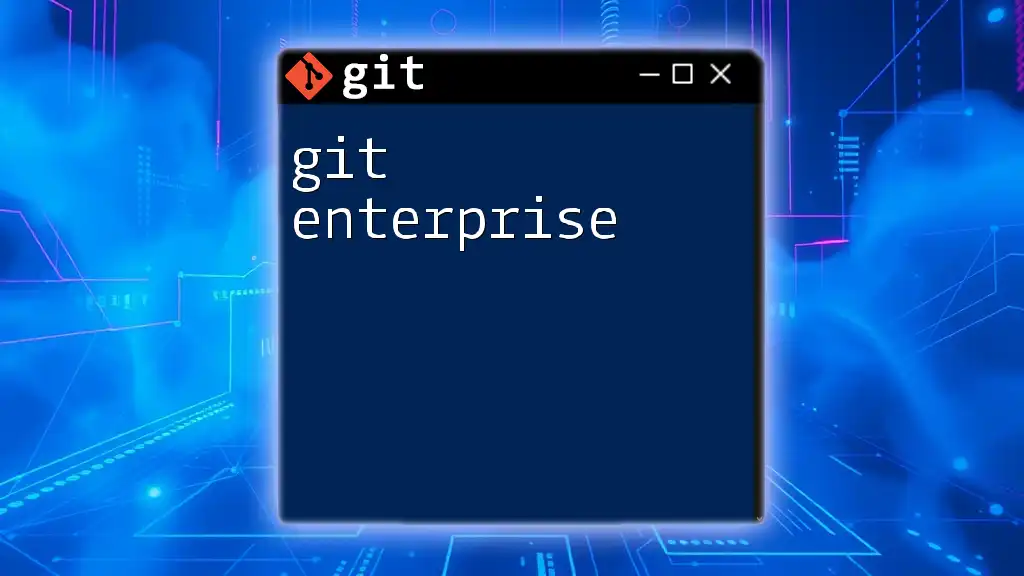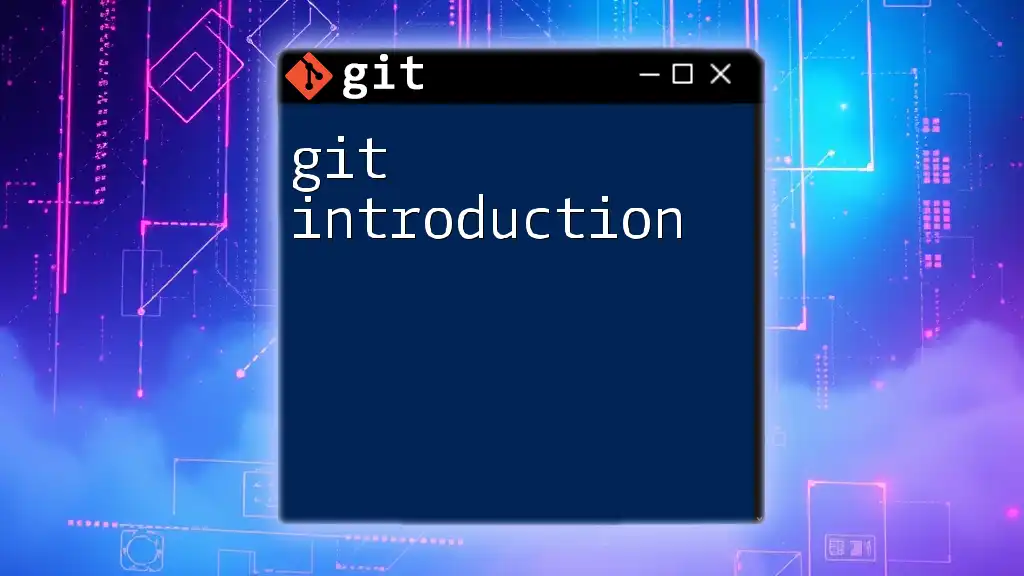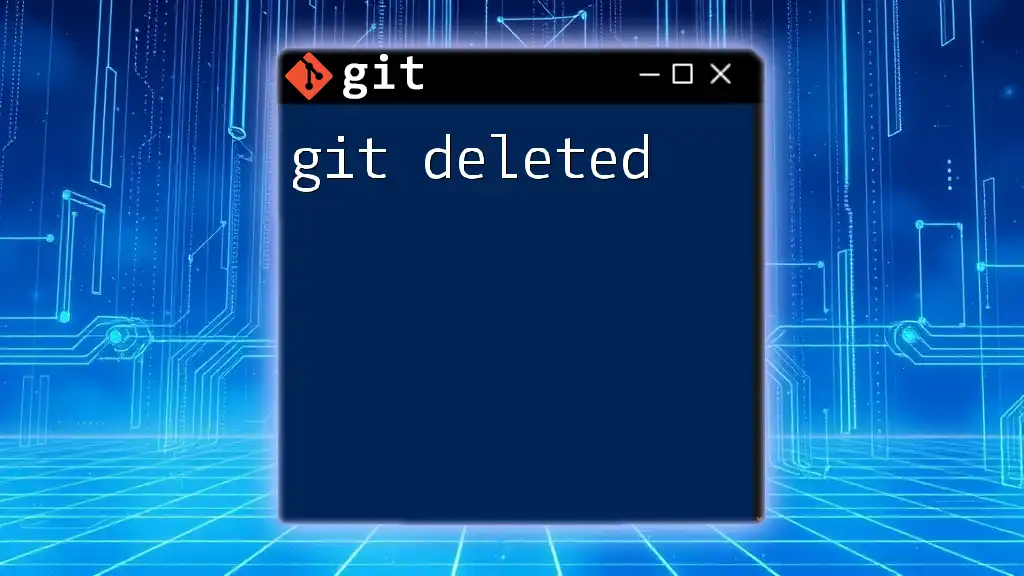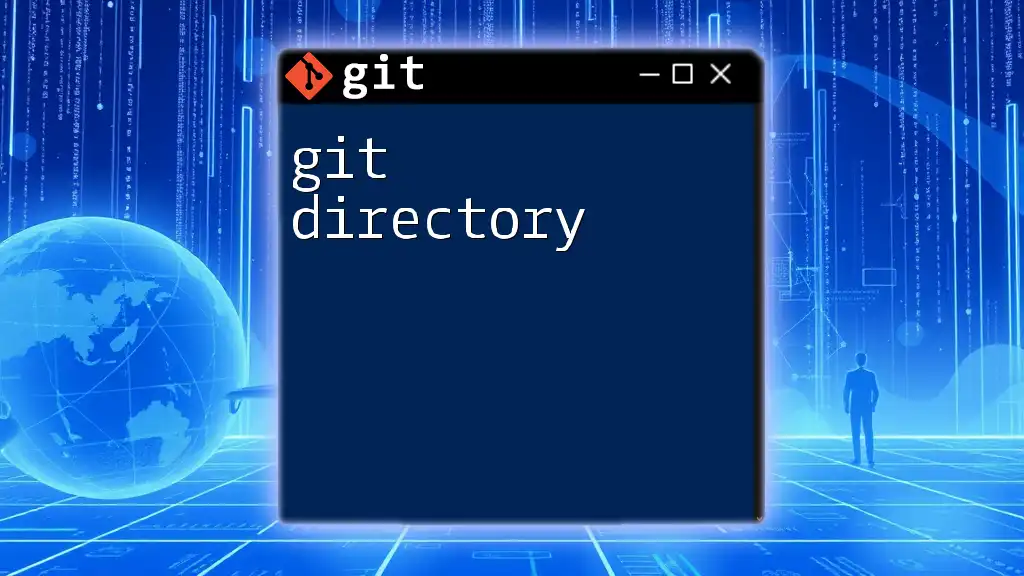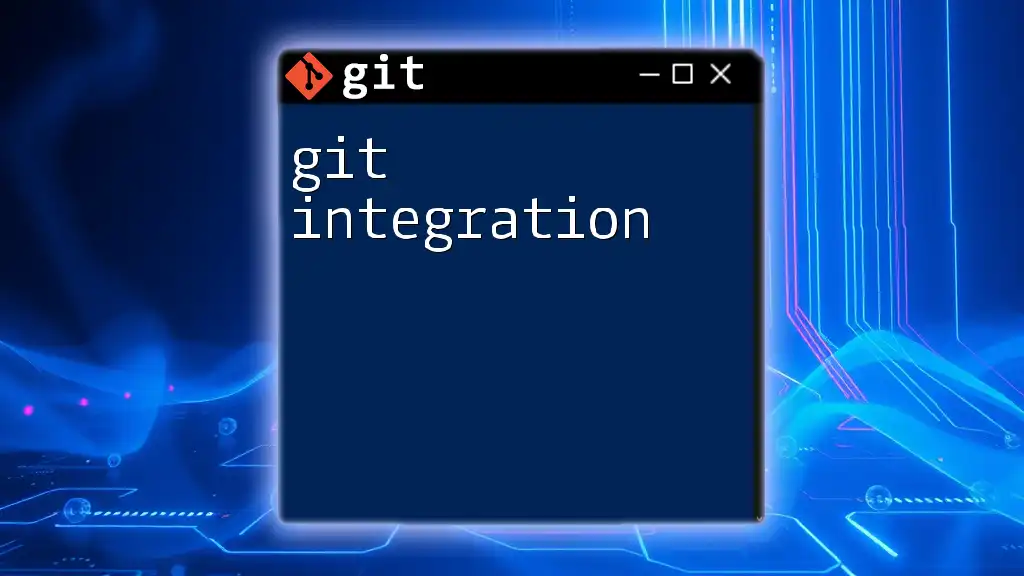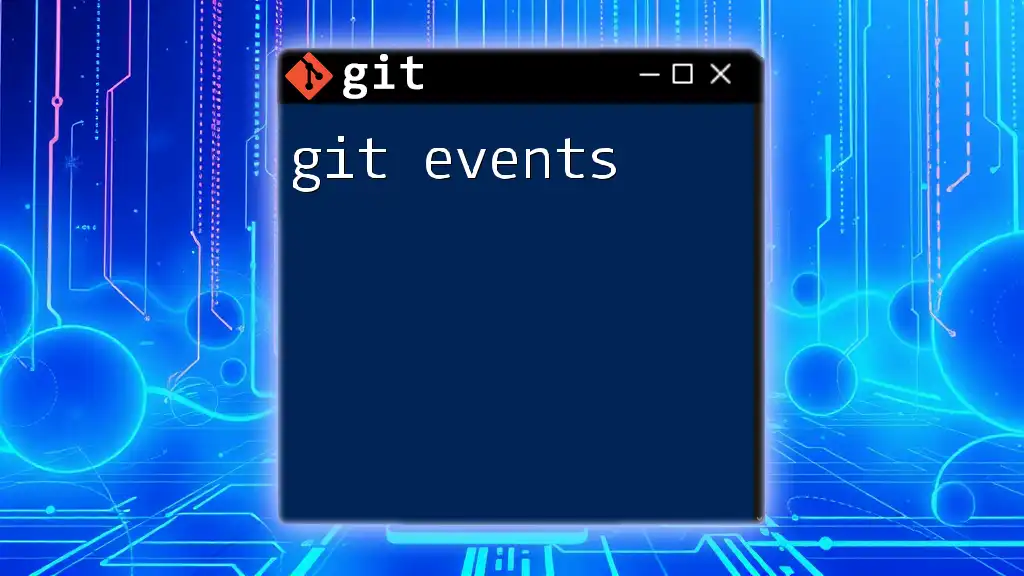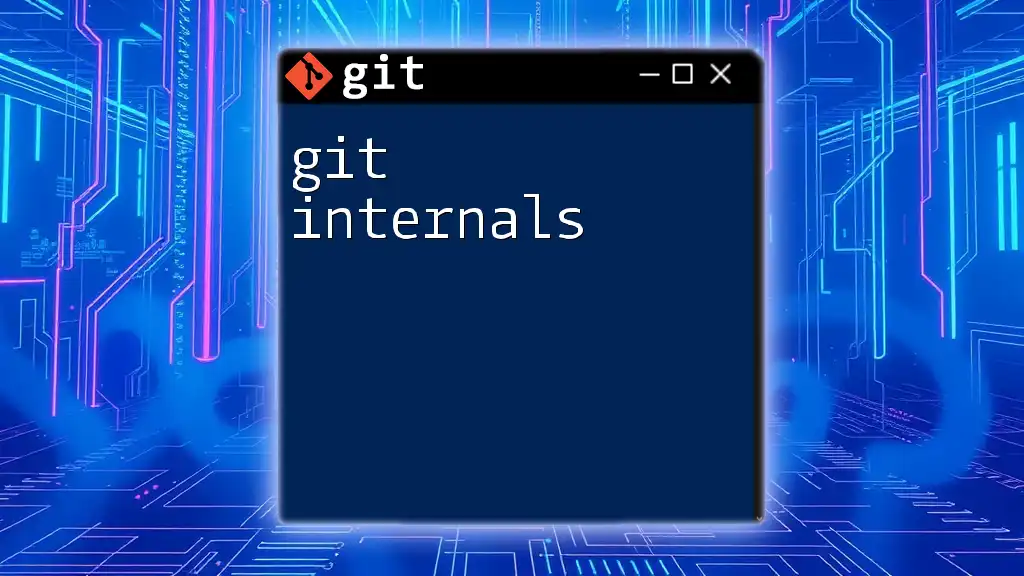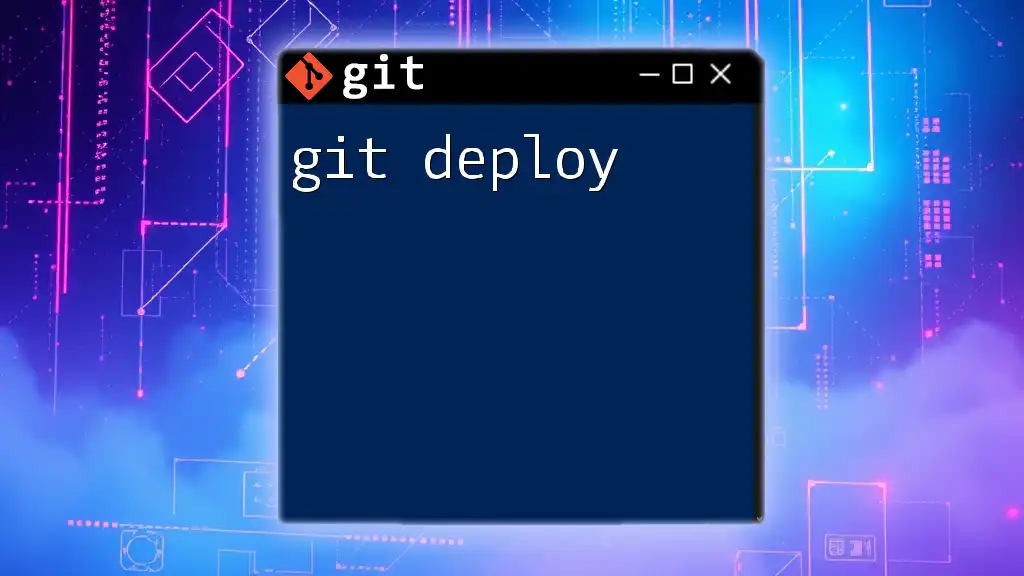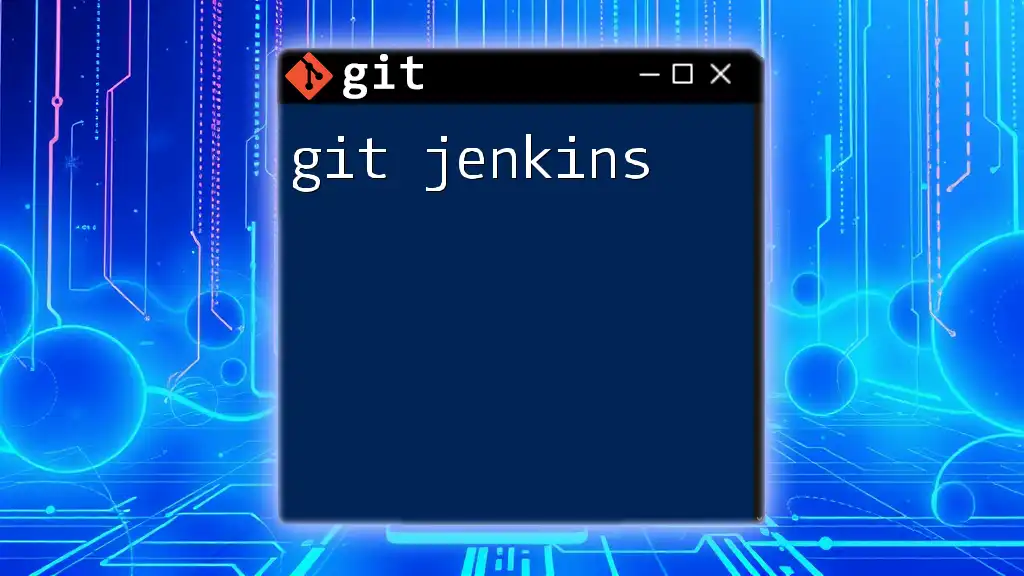Git identity is a crucial configuration that allows you to set your name and email address, which will be associated with your commits in a Git repository.
To set your Git identity, use the following commands:
git config --global user.name "Your Name"
git config --global user.email "your.email@example.com"
Understanding Git Identity
What is Git Identity?
Git identity refers to the configuration settings that connect your Git commits to your user profile. These settings help establish who you are within the Git ecosystem, enabling other collaborators to identify you as the author of specific changes in a project. Specifically, Git identity consists of your user name and email address, both of which are integral to tracking contributions across collaborative projects.
Importance of Git Identity
Setting up your Git identity is critical for several reasons. Primarily, it ensures that your contributions are correctly attributed to you—this is essential for maintaining your professional reputation within the developer community. Additionally, a well-defined Git identity plays a role in code ownership, providing clarity on accountability in collaborative environments. Misconfigured identities can lead to confusion, with your contributions appearing under the wrong name or email, which can impact other developers' perception of your work and professionalism.
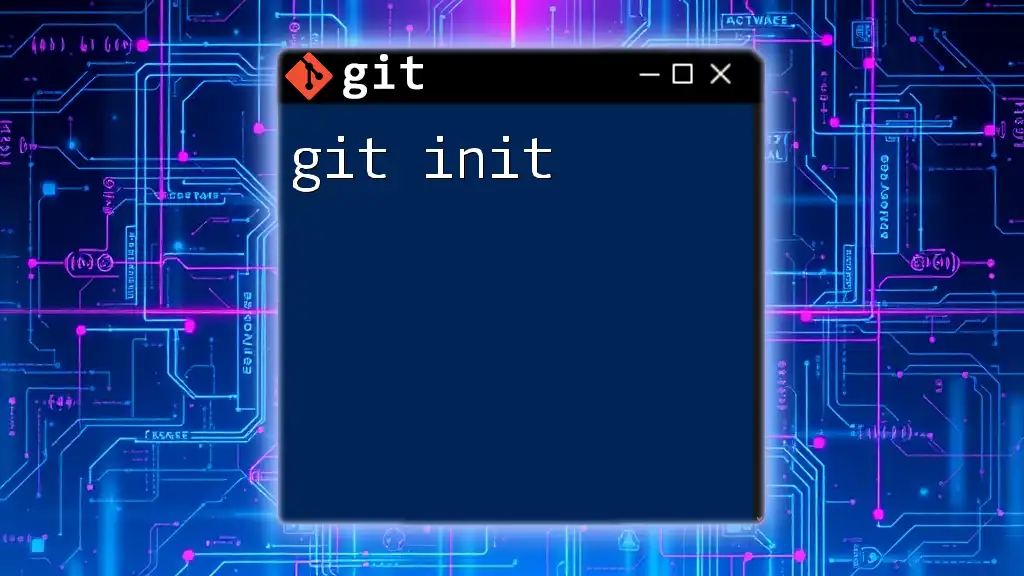
Configuring Your Git Identity
Setting Up User Name and Email
To establish your Git identity, you will need to configure your user name and email. This is typically done only once, globally across your machine, unless you wish to overwrite it for specific repositories.
You can set your identity using the following commands:
git config --global user.name "Your Name"
git config --global user.email "your_email@example.com"
Here, replace `"Your Name"` with your actual name and `"your_email@example.com"` with an email you regularly check. These details will be stamped on every commit you make.
When choosing an email, it is advisable to use one associated with your professional GitHub or GitLab account to maintain continuity and recognize other contributors easily.
Viewing Your Git Identity Configuration
To verify that your identity settings have been properly configured, you can list all of your global configurations with the command:
git config --global --list
This will display a list of all your global git configurations, including your `user.name` and `user.email`. This step is crucial for confirming that you have set everything up correctly, as any discrepancies can impact your commit history.
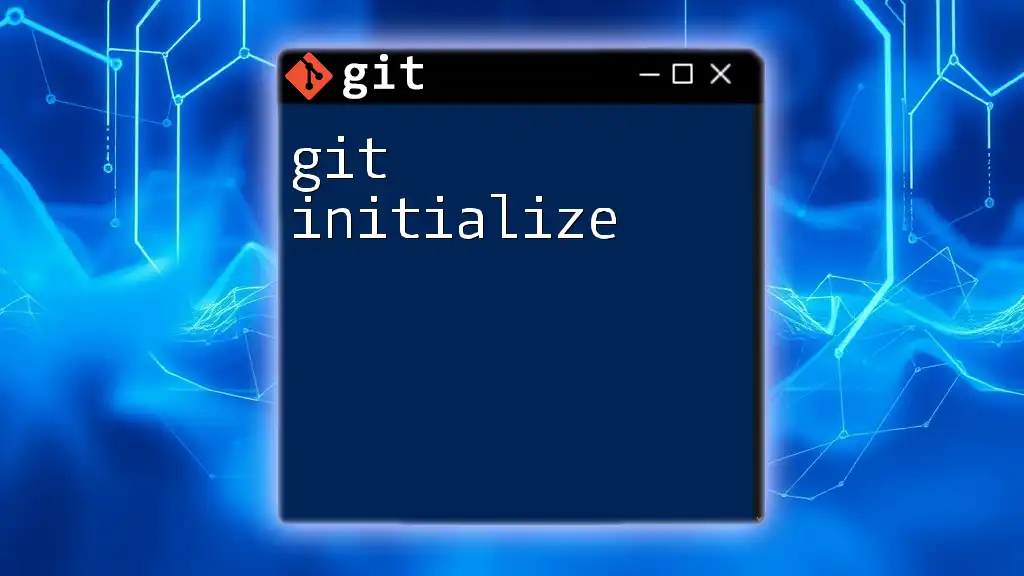
Modifying and Updating Your Git Identity
Changing Your Identity
As situations change, you may need to update your Git identity. Whether you've changed jobs, switched email providers, or simply need to update your name, you can do so easily. Use the following commands to modify your settings:
git config --global user.name "New Name"
git config --global user.email "new_email@example.com"
Changing your identity is straightforward, but be aware that updates will only apply to future commits. Previous commits will still display your old information unless you choose to rewrite your commit history.
Local vs Global Configurations
Git supports both global and local configurations, allowing you to customize settings per repository. The global setup applies to all repositories on your machine, while local configurations apply only to individual repositories.
To set a local identity for a specific project, navigate to the repository and run:
git config user.name "Local Name"
By doing this, you can use a different name or email for specific projects while keeping your main global identity intact. This is particularly useful if you contribute to open-source projects or have multiple affiliations.
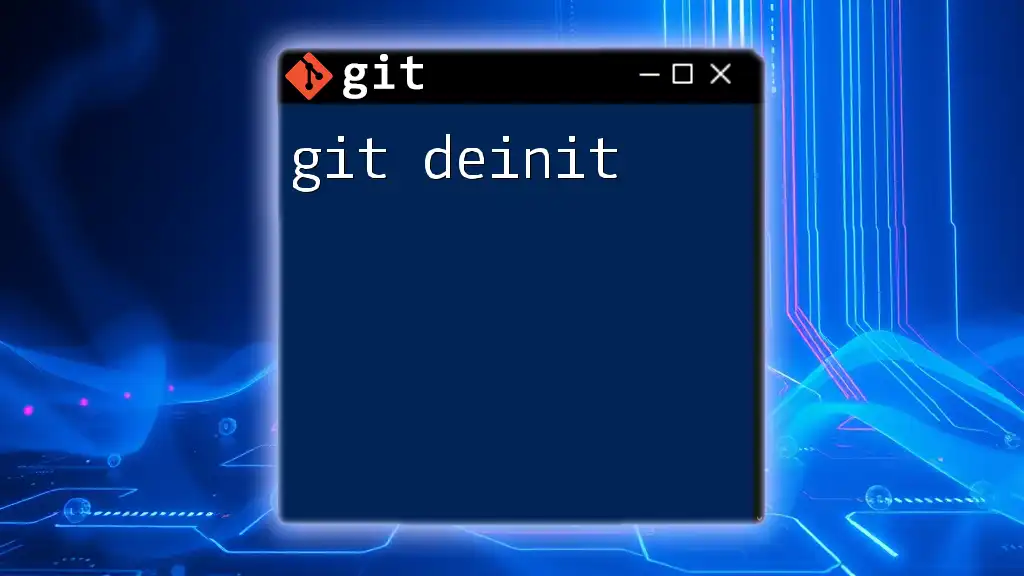
Understanding Commit Identity
How Identity Affects Commit History
The identity you set in Git affects how your commits are represented in a project's history. Each commit includes the author's name and email address, so if there's a misconfiguration, it can create confusion. Potential problems include missing out on contributions and proper acknowledgments for your work.
When reviewing a team's workflow, clear attribution can be crucial for recognizing efforts, accountability, and trust. An incorrect identity can tarnish your contributions and impact team dynamics.
Checking Commit History for Identity
To inspect the commit history, you can utilize the following command:
git log --pretty=format:"%h - %an, %ae - %s"
This command provides a summarized view of the commit history, displaying each commit's unique hash, author name, author email, and the commit message. Reviewing this log helps maintain clarity on contributions and locate any inconsistencies quickly.
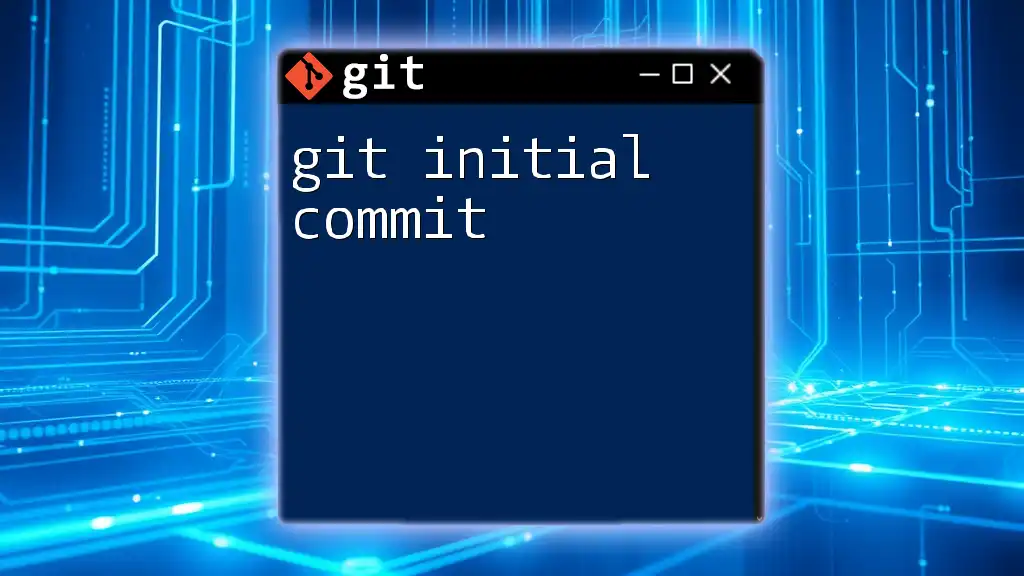
Troubleshooting Common Identity Issues
Misconfigured Identity
Misconfigurations are common, particularly for new Git users. A prevalent error is forgetting to set the identity before making commits. If you notice that your commits are not showing your correct name or email, you can correct this by re-running the setup commands discussed earlier.
Accumulating Commits Under Incorrect Name
If you've committed multiple times using the wrong identity, you might wish to correct that. While it's possible to rewrite your commit history, you should approach this carefully, especially in shared repositories.
To amend recent commits, use:
git rebase -i HEAD~n
Replace `n` with the number of commits you want to go back. This command triggers an interactive rebase, allowing you to change author information for the selected commits.
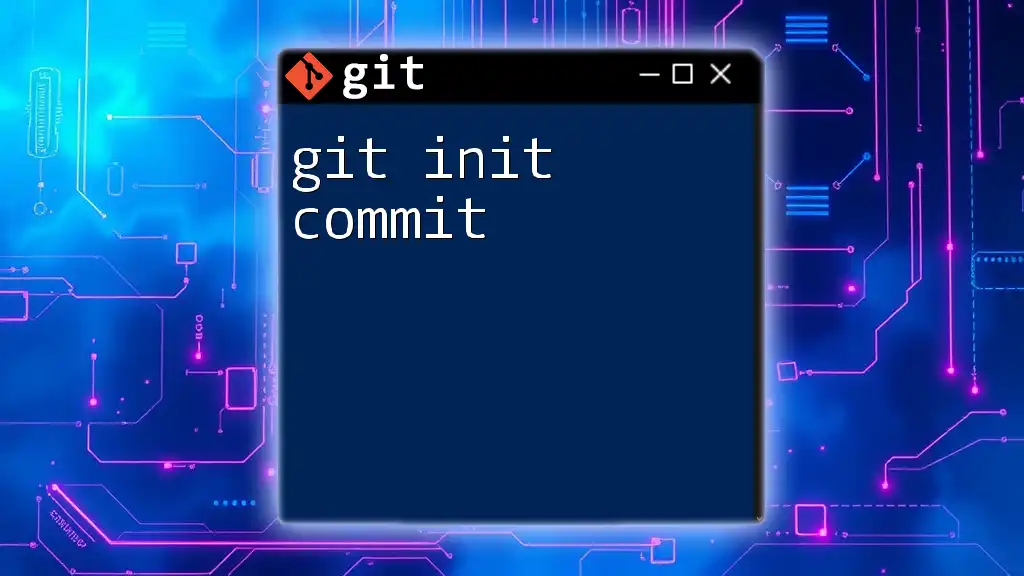
Best Practices for Managing Git Identity
Keeping a Consistent Identity Across Repositories
Maintaining a consistent identity is vital for your professional image. Ensure you always use the same email and username across different repositories. This consistency not only represents a unified professional presence but also aids in easily tracking your contributions across multiple projects.
Using SSH Keys for Enhanced Identity Security
While Git identity involves your name and email, it's also important to consider security aspects related to authentication. Using SSH keys enhances your Git security and helps ensure that your identity remains secure when performing operations such as cloning from or pushing to remote repositories.
To set up SSH keys, you can generate a new key pair using:
ssh-keygen -t rsa -b 4096 -C "your_email@example.com"
Follow the prompts and add your public key to your Git service (like GitHub) to establish secure connections.
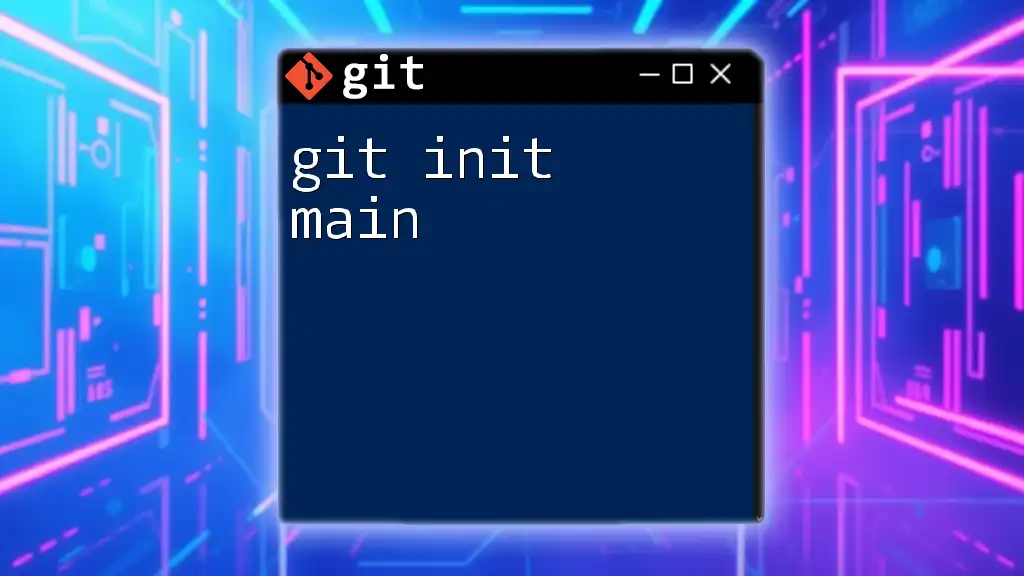
Conclusion
In summary, configuring your Git identity is a crucial step for anyone engaging with Git, especially in collaborative environments. By setting your Git identity correctly, you ensure that your contributions are accurately represented and attributed, thereby maintaining professionalism and enhancing collaboration. Regularly review and update your settings as needed to ensure they reflect your current work profile.
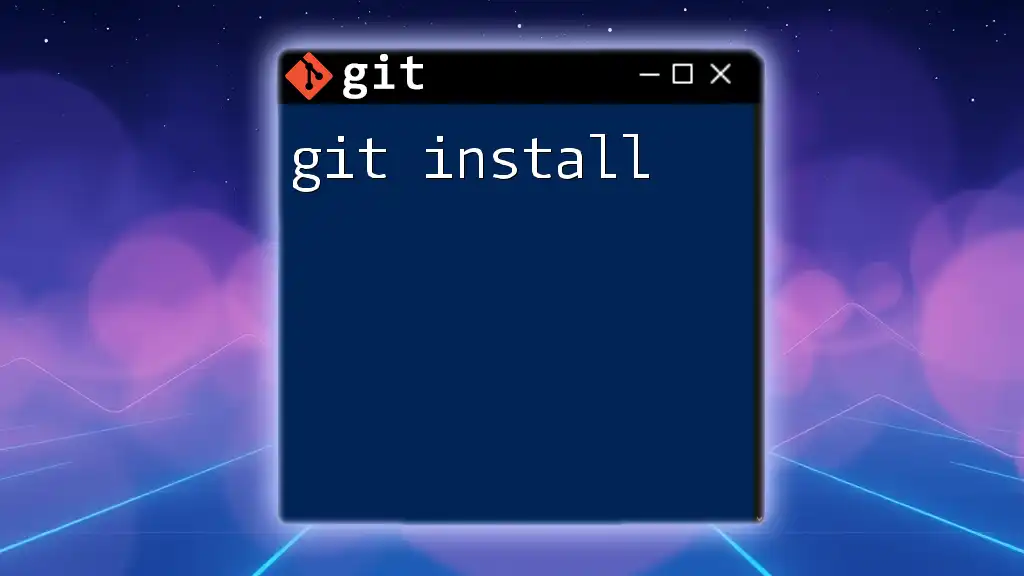
Additional Resources
For further learning, refer to the official Git documentation and consider exploring community forums or supplementary tutorials on effective Git identity management.
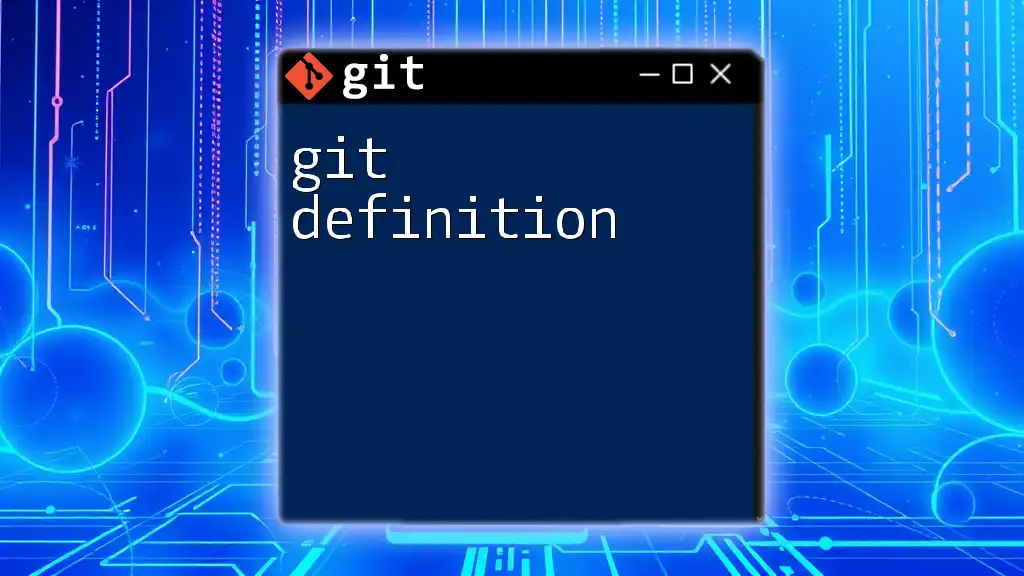
FAQs
What happens if I commit without setting up my identity?
If you commit without configuring your identity, Git uses a default value for the author name and email, which could lead to anonymous contributions that lack proper attribution.
Can I have different identities for different repositories?
Yes, Git allows you to set local identities for specific repositories by using local configuration commands. This flexibility is useful if you contribute to multiple organizations or projects.
How does Git handle identity when contributing to open-source projects?
When contributing to open-source projects, your commits will use the identity you've set up. Ensuring this information is accurate is vital for proper attribution and recognition in the community.

